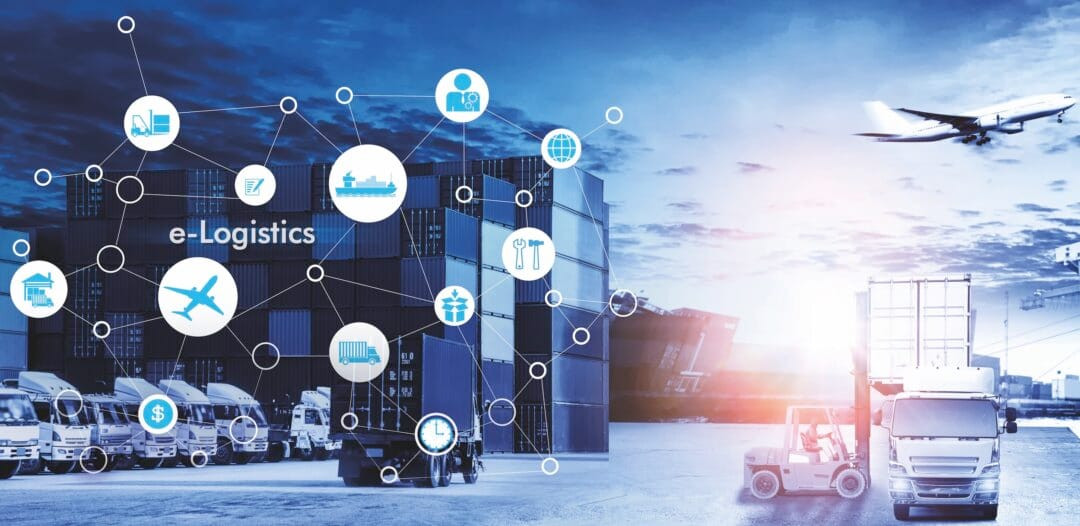
E -commerce and fast fashion exports prove that they are pivotal sectors that contribute to the rapid growth of the air freight industry in India. With projections that indicate a four -fold increase in the size of the air cargo by 2043, India’s expanded capabilities in India were assigned to reshape the cargo scene.
A big catalyst
It is expected that the value of the total goods of e -commerce in India (GMV) will grow six times between 2022 and 2030, driven by high internet penetration, expansion of digital payment systems, and wide -ranging accreditation on the Internet, according to Boeing World Air Capture Air Capture (WACF). With more than 700 million Internet users and an increased transformation towards online shopping, especially in levels 2 and Tier-3, the demand for effective air cargo services was not more clear.
Industry analysts highlight that the shipments related to e -commerce are especially sensitive to time, as consumers demand the fastest delivery options to fight traditional logistical networks in order to provide them.
Rising power
The fast fashion industry is an important contributor to the growth of air weapons conditions in India. With the presence of major global retailers who draw increasing clothes from Indian manufacturers, the demand for expedited shipping solutions has increased. The Make in India initiative and the creation of special economic areas (SEZS) has strengthened manufacturing capabilities in the country, making India a favorite destination for fabric and clothing production.
Fabric and clothing exports in India are expected to grow by about 8-10 percent annually during the next decade, driven by competitive pricing, high-quality manufacturing and strategic trade agreements. Air Cargo is expected to play an important role in meeting the strict schedules of delivery required by international fashion brands.
Gaps and recommendations
Despite the promising expectations, the challenges remain. The infrastructure in India continues to face restrictions, especially in regional communication. While the main airports in Delhi, Mumbai and Bangaluru have made significant investments in expanding the capabilities of goods processing, the lack of regional developments is a critical issue. In addition, the lack of a coherent infrastructure for delivery in the last mile can hinder the capabilities of e -commerce and fast fashion sectors.
Boeing’s forecast is that treating these gaps in infrastructure will be necessary to maintain growth. Enhancing communication between TIRE-2 and Tier-3 cities, developing customized freight corridors, and strengthening Pennams (PPPS) partnerships is very important to ensure smooth trade operations.
Moreover, the favorable policies surrounding the shipping transfers, investment incentives, and multimedia logistical integration can accelerate progress. Cooperation between government agencies, private sector players and international stakeholders will be necessary to create a favorable environment for the growth of air cargo.
Meet the increasing demand
The global charging fleet will grow by approximately 66 percent over the next twenty years, and expands from 2,340 aircraft in 2023 to 3900 aircraft by 2043. In India, the expansion of local shipping capacity is a major challenge, especially given the increasing size of e -commerce and fast fashion charges.
The synergy between the growth of e -commerce and the rapid fashion exports of India provides an unparalleled opportunity to establish itself as a major player in the global air freight market. However, achieving these capabilities will require strategic investments in infrastructure, organizational cohesion, and support for the target policy.
As India continues to expand its capabilities to manufacture and digital economy, making effective policies and enhanced logistical efficiency will be necessary to achieve ambitious growth goals.